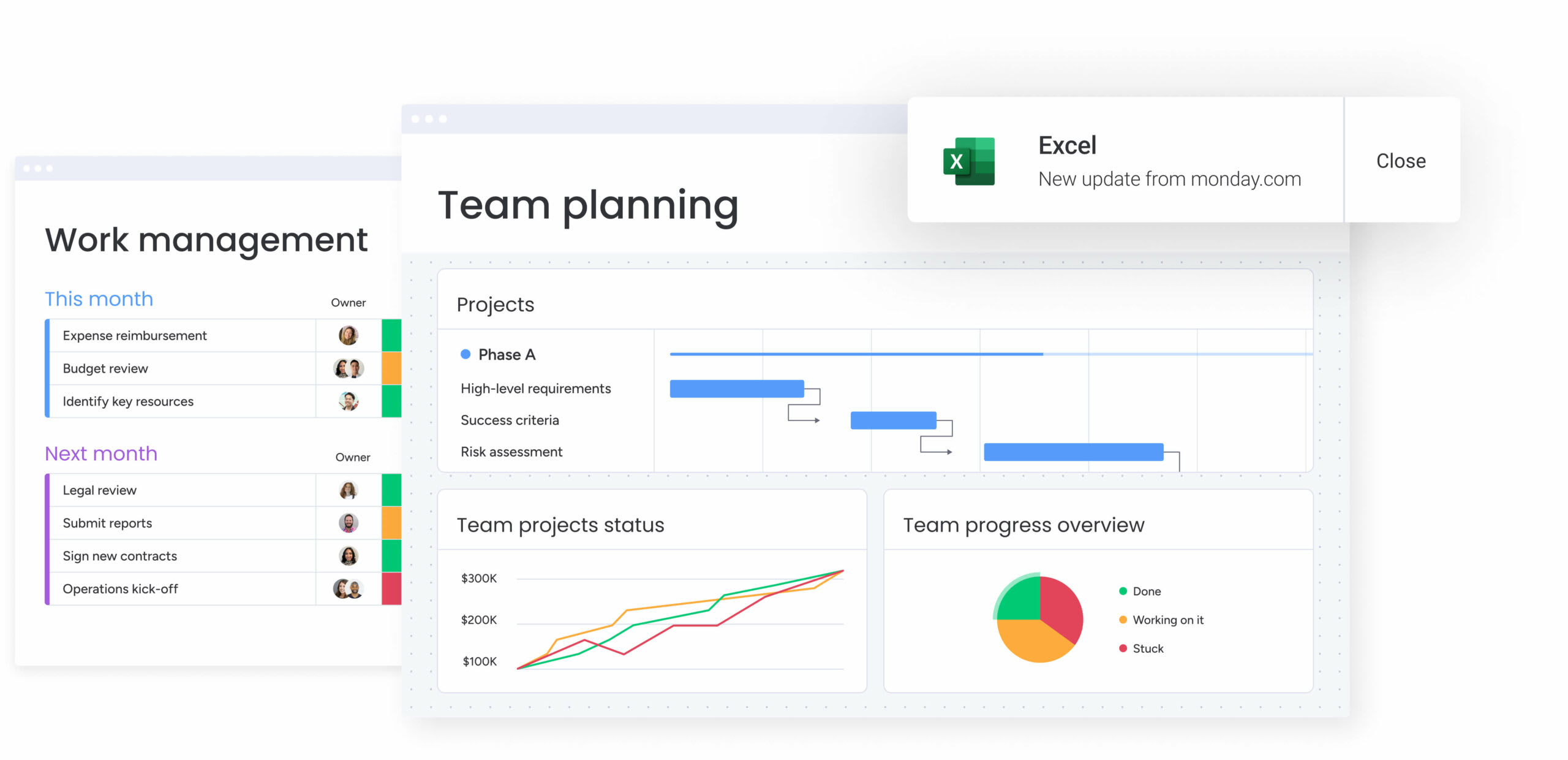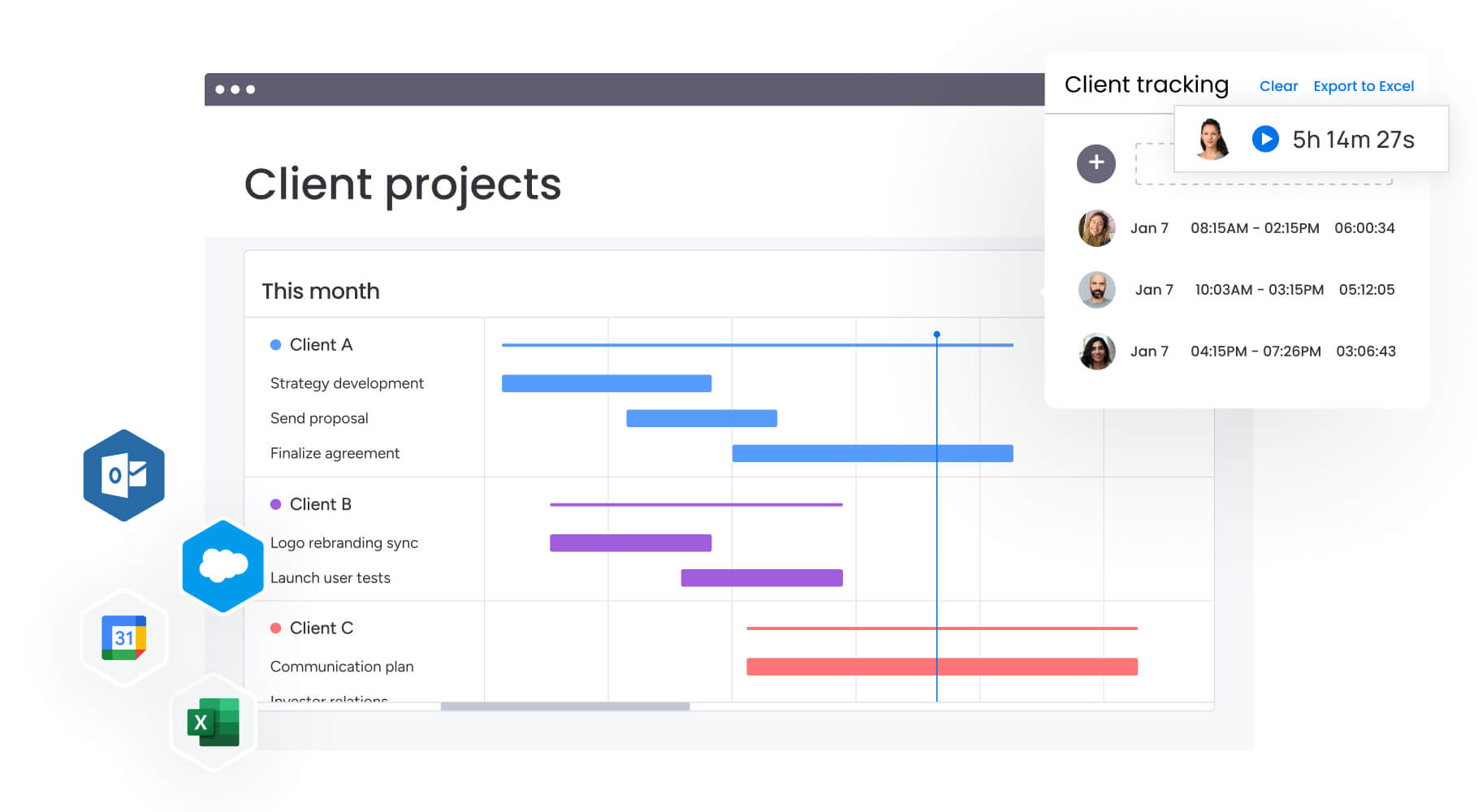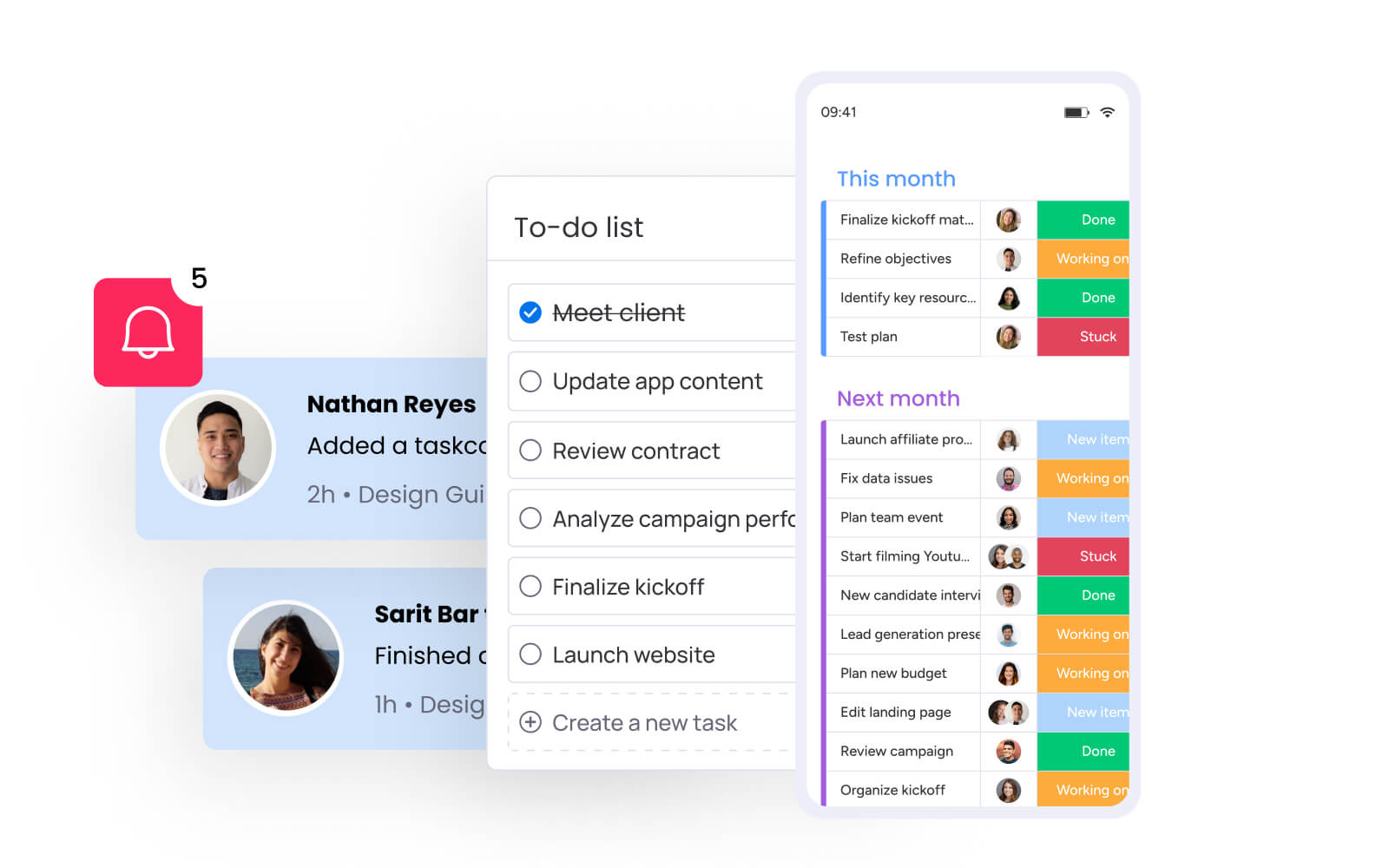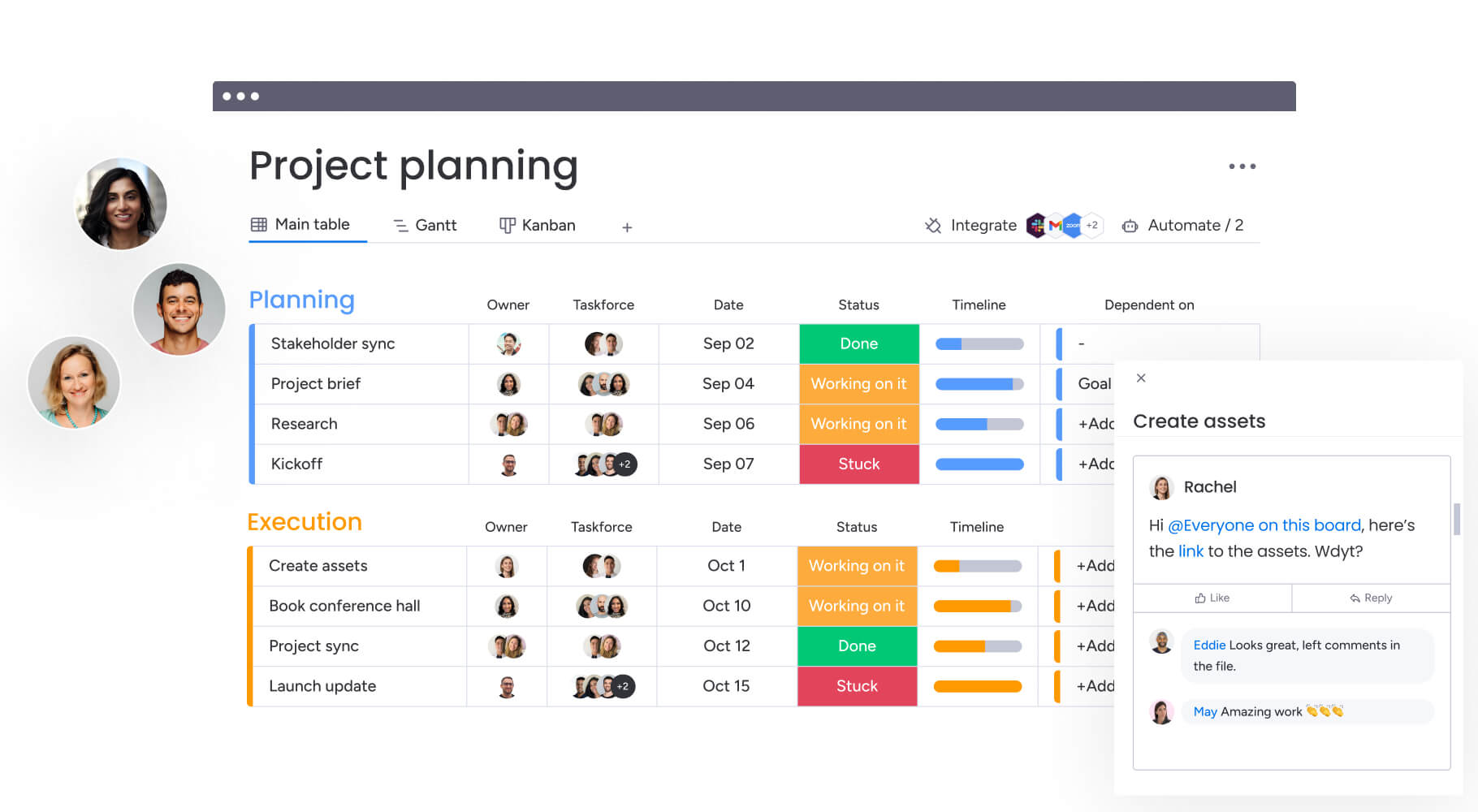Many organizations find it challenging to translate strategic goals into the daily actions that drive meaningful progress. When teams lose sight of how their work supports the broader mission, even well-designed strategies can falter. Critical success factors (CSFs) provide a clear bridge between vision and execution, outlining the essential conditions an organization must meet to achieve its objectives. By defining what truly drives success, leaders and teams gain the focus needed to align priorities, direct resources effectively, and move together toward shared outcomes.
Establishing CSFs is not simply an exercise in planning: it’s a way to turn abstract goals into tangible areas of focus that guide decision-making across all levels of the organization. When those factors are clearly defined, teams understand not only what success looks like but also how their individual contributions support it. The result is a more connected, intentional approach to work that strengthens collaboration and ensures strategy translates into measurable results.
This article explores how to identify, implement, and measure CSFs in practice. Take a few minutes and join us as we’ll also examine how they differ from key performance indicators (KPIs) and provide a step-by-step approach for integrating CSFs into your strategic planning.
Key takeaways
- Defining CSFs: these are the vital areas of performance that determine whether an organization achieves its strategic goals, helping teams stay focused on the work that truly drives success.
- How to implement them: assign clear ownership, define measurable outcomes, and establish regular review cycles. Designate champions for each factor and schedule quarterly check-ins to keep CSFs relevant and actionable.
- Tracking with monday work management: manage CSFs seamlessly through real-time dashboards, automated reporting, and collaborative workflows. The platform provides visibility across teams and surfaces insights to help leaders stay ahead of potential risks.
- Industry applications: while every industry has its own CSFs, successful organizations focus only on the factors that truly drive performance. Manufacturing may emphasize supply chain reliability, whereas technology companies often prioritize innovation and talent retention.
- Avoiding common pitfalls: keep CSFs specific, measurable, and aligned with current strategic priorities. Setting too many or defining them too broadly can dilute focus and weaken execution.
What are critical success factors?
Critical success factors (CSFs) are the essential conditions an organization must meet to achieve its mission. They represent the make-or-break elements that determine whether strategic goals are realized or fall out of reach. This focus is more important than ever, as recent research shows that only 21% of executives report having a successful strategy.
Unlike routine tasks or daily operations, CSFs define what must go right for long-term success. They connect strategic vision with everyday work, ensuring that energy and resources flow toward initiatives that truly move the business forward. When clearly defined, CSFs create the structure needed for consistent progress and effective strategic execution across the organization.
Key ways CSFs strengthen your organization include:
- Strategic foundation: linking day-to-day work with broader company objectives.
- Mission alignment: keeping every initiative tied to the organization’s core purpose.
- Resource focus: guiding where to invest time, budget, and attention for the greatest impact.
- Success measurement: clarifying what success looks like and how it will be evaluated.
Identifying the right CSFs gives teams a shared language for priorities and performance. This alignment turns fragmented efforts into coordinated progress, building a stronger foundation for effective goal management and sustainable results.
Critical success factors vs other key metrics
Terms like KPIs, OKRs, and KRAs are often mentioned in the same breath as critical success factors, but each plays a distinct role in shaping performance. Understanding how these elements fit together helps leaders build a clear and consistent approach to measuring success.
Critical success factors define the essential conditions for achieving long-term objectives, while other metrics translate those conditions into measurable progress and accountability. Each serves a specific purpose within the broader performance framework.
The sections below break down how CSFs compare to other key metrics — highlighting what sets each apart, how they work together, and when to use them to guide strategy and execution.
Quick comparison
| Metric type | Purpose | Example |
|---|---|---|
| Critical success factors | Define conditions for success | Customer satisfaction |
| Key performance indicators | Measure progress toward goals | Net promoter score of 8+ |
| Key result areas | Broad functional responsibilities | Sales operations |
| Objectives and key results | Time-bound goal framework | Increase revenue 20% in Q1 |
Critical success factors vs key performance indicators
CSFs tell you what needs to happen. Key performance indicators (KPIs) tell you if it’s happening.
Take customer satisfaction as a CSF. Your KPIs might include “maintain Net Promoter Score above 8” or “achieve 95% customer retention rate.” The CSF provides direction while KPIs provide measurable targets.
Critical success factors vs key result areas
Key result areas (KRAs) outline the main areas of responsibility within an organization, such as human resources management or financial operations. Critical success factors (CSFs) specify the exact conditions that determine success within or across those areas.
For example:
- A KRA in human resources might focus on talent management.
- A related CSF could be maintaining employee retention above 90%.
- Another CSF might involve developing a leadership pipeline for key roles.
KRAs define what requires focus, while CSFs clarify what must go right to achieve measurable success.
Critical success factors vs objectives and key results
Objectives and key results (OKRs) set specific, time-bound goals — often for a quarter or a year — to track short-term progress. Critical success factors (CSFs) provide the steady foundation beneath those goals, remaining relevant as long as they support the organization’s strategy.
For example:
- A CSF focused on operational efficiency may stay important across multiple OKR cycles.
- Related OKRs could include improving process turnaround time or reducing operational costs.
- Each OKR contributes to the ongoing success condition defined by the CSF.
OKRs outline what to achieve in the near term, while CSFs ensure those efforts align with long-term strategic priorities.
Types of critical success factors explained
Every organization defines success differently, depending on its industry, competitive landscape, and stage of growth. Understanding the main categories of critical success factors (CSFs) helps clarify which conditions matter most for achieving long-term results.
While the mix will vary, most organizations rely on CSFs from several categories at once. The goal is to identify the right combination for your current business context —balancing external demands, internal capabilities, and leadership priorities to support sustained strategic performance.
The sections below outline the five key CSF types and explain how each shapes organizational success.
Industry critical success factors
These are the baseline requirements for competing in your market. Every company in your industry must meet these standards to stay viable.
In healthcare, patient safety and regulatory compliance are non-negotiable. In manufacturing, supply chain reliability determines whether you can fulfil orders. These CSFs reflect customer expectations and industry economics.
Competitive critical success factors
Competitive critical success factors define what differentiates your organization in the market and strengthen its overall positioning. These factors highlight where you excel compared to competitors and form the foundation of your value proposition.
Examples include:
- Delivering exceptional customer service that builds loyalty.
- Providing faster turnaround times or more reliable delivery.
- Developing innovative products or features that set you apart.
Focusing on these CSFs helps maintain a clear competitive edge and ensures your strategic messaging reflects what truly makes your organization stand out.
Temporal critical success factors
During a merger, mission critical change management is essential. During rapid growth, maintaining quality while scaling becomes essential. These CSFs require intense focus during their relevant window.
Temporal critical success factors apply during specific periods or transitions, when certain conditions become temporarily vital to success. These factors are mission critical for a defined timeframe but may lose importance once stability returns.
Environmental critical success factors
External forces you can’t control but must respond to effectively. These include economic conditions, regulatory changes, and market trends.
You can’t prevent a recession, but your response determines whether you survive it. Environmental CSFs focus on adaptability and resilience.
Management position critical success factors
Management position critical success factors focus on leadership capabilities that enable strategy to move from planning to execution. Strong management performance ensures decisions are made quickly, communication remains clear, and resources are directed where they have the greatest impact.
Examples include:
- Making timely, informed strategic decisions.
- Maintaining clear and consistent communication across teams.
- Allocating resources effectively to support priority initiatives.
When leaders excel in these areas, other CSFs become more achievable, creating the conditions for sustainable organizational success.

Examples of critical success factors by industry
Each industry faces unique challenges that shape its critical success factors (CSFs).
Understanding these differences can really help organizations identify the conditions that matter most for achieving results. Reviewing specific examples also reinforces solid project management principles, showing how CSFs guide priorities and resource allocation across different business contexts.
Manufacturing critical success factors
Manufacturing success relies on operational excellence, efficiency, and cost control. The following CSFs drive profitability and long-term performance:
- Supply chain reliability: consistent material availability prevents production delays.
- Quality control systems: standardized processes maintain product consistency.
- Operational efficiency: lean practices minimize waste and maximize output.
- Safety compliance: a zero-incident culture protects workers and prevents shutdowns.
Modern platforms like monday work management bring these factors together in one place, giving manufacturers real-time visibility into production metrics, quality indicators, and safety performance.
As a comprehensive project management software solution, it supports seamless coordination across facilities and helps teams maintain the precision and agility essential for operational success.
Technology critical success factors
Tech companies compete on innovation and talent. Their CSFs reflect the need for speed and technical excellence:
- Product innovation: first-to-market advantage with new features.
- Talent retention: keeping top developers and engineers engaged.
- Scalability: infrastructure that handles rapid user growth.
- Security: protecting customer data and maintaining trust.
Healthcare critical success factors
Healthcare organizations must balance exceptional patient care with financial stability in a highly regulated environment. Their most critical success factors include:
- Patient safety protocols: ensuring consistent, high-quality care and minimizing risk.
- Regulatory compliance: meeting evolving standards to maintain accreditation and trust.
- Clinical outcomes: improving treatment results through evidence-based practices.
- Cost management: optimizing operations to sustain financial health without compromising care.
Together, these CSFs determine both the quality of patient outcomes and the overall viability of the organization.
Retail critical success factors
Retail success hinges on customer experience across channels. Essential CSFs include seamless omnichannel experience, optimized inventory turnover, strategic location placement, and distinctive brand positioning.
Financial services critical success factors
Financial institutions operate under strict oversight while managing risk. Their CSFs include comprehensive risk management, regulatory compliance adherence, customer trust maintenance, and digital transformation execution.

How to identify critical success factors for your organization
Finding your organization’s CSFs requires systematic analysis and diverse perspectives. This isn’t a solo exercise — it needs input from across your organization.
Start with these five approaches to uncover your unique success factors:
- Strategic goal analysis: review your mission, vision, and objectives to understand what success looks like.
- Stakeholder input: gather perspectives from leadership, employees, and customers.
- Industry benchmarking: research what drives success for top performers in your sector.
- Resource assessment: identify capabilities that create competitive advantage.
- Risk evaluation: consider what could derail success if neglected.
How do you know you’ve found the right CSFs? They should feel essential — the kind of factors that would cause significant problems if ignored.
Modern platforms like monday work management make identifying critical success factors a more structured and collaborative process: teams can brainstorm, prioritize, and align on the factors that matter most within shared workspaces, ensuring input from every level of the organization.<!–EndFragment–>
5 steps to implement critical success factors successfully
Once you’ve identified your CSFs, successful strategy implementation determines whether they drive real results.
Follow these steps to turn concepts into action.
Step 1: align CSFs with strategic goals.
Every CSF must clearly support your strategy. Test alignment by asking: “If we achieve this CSF, will it meaningfully advance our strategic goals?”
Map each CSF to specific objectives. Resolve conflicts by prioritizing CSFs that impact multiple strategic areas.
Step 2: build cross-functional teams
CSF achievement rarely happens in silos. Strong project coordination with teams of diverse skills and perspectives is essential.
Focus on three elements for effective teams:
- Executive sponsorship: leaders who can remove barriers and provide resources.
- Clear roles: everyone knows their contribution to CSF success.
- Decision authority: teams can act without excessive approvals.
Step 3: define specific and measurable CSFs
Vague CSFs lead to confusion and poor execution. Incorporate clear performance management targets to transform abstract concepts into specific, measurable statements.
Instead of “improve customer satisfaction,” define it as “maintain 90% retention rate with average response time under 24 hours.” Include success criteria, measurement methods, and target timeframes.
Step 4: assign ownership and accountability
Someone must wake up every day thinking about each CSF, as defined ownership drives progress and creates accountability. This is supported by research showing that business units whose leaders felt highly empowered to implement strategy consistently outperformed those that didn’t.
Designate CSF champions with authority to coordinate efforts, establish regular reporting rhythms, and give owners the power to make decisions and allocate resources.
Step 5: establish review cycles
Finally, CSFs aren’t set-and-forget. Regular reviews keep them relevant and actionable as conditions change.
Schedule quarterly progress reviews and annual strategic reassessments. Include stakeholder feedback to ensure CSFs still reflect organizational priorities.

How to measure and track critical success factors
Measuring CSFs requires more than picking metrics, you’ll also need robust project monitoring and evaluation processes that connect measurement to action and show progress in real time.
Effective CSF measurement includes these components:
- Metric selection: choose indicators that truly reflect CSF achievement.
- Target setting: define realistic yet ambitious benchmarks.
- Data collection: build reliable systems for gathering information.
- Progress reporting: create dashboards that drive decisions.
- Course correction: use data to adjust tactics when needed.
What makes measurement meaningful? It should tell you not just where you are, but where you’re headed and what needs to change.
Intuitive platforms like monday work management make CSF tracking more connected and actionable. Customizable dashboards bring data from across the organization into one view, while automated reports, trend tracking, and targeted alerts keep performance aligned and workflows cohesive.
7 common mistakes when defining critical success factors
Even experienced teams make predictable errors when developing CSFs. Understanding these pitfalls helps you avoid them from the start:
Setting too many critical success factors
When everything is critical, nothing is. Organizations often list 10, 15, or even 20 “critical” factors, which spreads focus too thin.
Confusing CSFs with daily operations
Processing invoices accurately isn’t a CSF. Maintaining financial integrity might be. CSFs represent strategic imperatives, not operational tasks.
Lacking clear measurement criteria
“Improve customer service” sounds important but means nothing without specifics. Every CSF needs measurable success criteria.
Transform vague concepts into concrete targets like “achieve 95% satisfaction rating with response times under 2 hours.”
Failing to update CSFs as conditions change
Markets shift. Strategies evolve. Yet many organizations treat CSFs as permanent fixtures.
Schedule regular reviews. What was critical during start-up may become routine as you mature. New challenges require new CSFs.
Missing stakeholder buy-in
CSFs developed in isolation often fail during implementation. Without stakeholder input, you can miss critical perspectives and lose essential support: a disconnect proven by research showing that while 45% of senior leaders believe change is managed ‘very well,’ only 23% of individual contributors agree.
Involve key players early. Their insights improve CSF quality and their ownership drives execution.
Overlooking team input
Frontline employees see opportunities and obstacles that executives might miss. Their practical insights make CSFs more achievable.
Create channels for bottom-up input. The best CSFs combine strategic vision with operational reality.
Creating vague success definitions
“Increase market share” could mean anything. “Achieve 15% market share in our target demographic within 18 months” drives specific action.
Provide concrete definitions that everyone understands and can work toward.

Transform CSF management with monday work management
Effective CSF management depends on having the right systems in place—not just well-defined goals. Organizations need tools that make success factors visible, measurable, and aligned with daily work, supported by proven project management strategies that sustain long-term execution.
Modern platforms like monday work management bring these elements together, creating a connected environment where strategy and operations stay in sync. The following capabilities show how teams can align around priorities, track progress in real time, and continuously improve performance.
Advanced automations
Eliminate manual work that slows CSF implementation with customizable automations that keep your team focused on strategic priorities.
- Trigger-based notifications: alert stakeholders when CSF metrics change.
- Status updates: automatically track progress against critical milestones.
- Workflow orchestration: move projects through approval stages without manual intervention.
200+ integrations
Connect your CSF tracking to every tool in your tech stack, creating a unified information ecosystem that eliminates silos.
- Data synchronization: pull metrics from CRM, ERP, and financial systems.
- Communication tools: share CSF updates through Slack, Teams, and email.
- Development platforms: link technical progress to strategic outcomes.
Powerful AI features
The platform’s AI capabilities take CSF management further, providing intelligence that transforms data into actionable insights.
- Predictive analysis: AI Blocks categorize feedback by CSF relevance and forecast trends.
- Executive summaries: automatically generate progress reports for leadership reviews.
- Risk detection: digital Workers continuously monitor projects and flag issues before they impact success.
Real-time CSF visualization
Transform complex CSF data into intuitive visual representations that drive understanding and action across your organization.
- Custom dashboards: create role-specific views of CSF performance.
- Progress indicators: color-coded status updates show at-risk factors instantly
- Trend analysis: track performance patterns over time to refine strategies
Whether tracking customer satisfaction, operational efficiency, or market position, monday work management provides the structure and flexibility for effective CSF management.
Frequently asked questions
What is the ideal number of critical success factors for an organization?
The ideal number of critical success factors for an organization is typically three to seven. This range maintains focus while covering essential success areas without overwhelming teams or spreading resources too thin.
How often should organizations review their critical success factors?
Organizations should conduct annual CSF reviews during strategic planning, with quarterly check-ins to assess progress. This frequency keeps CSFs aligned with changing business conditions.
Can critical success factors change over time for the same organization?
Yes, CSFs should evolve as your organization grows and markets shift. Start-up CSFs differ from those needed during maturity or transformation periods.
How do critical success factors differ from OKRs in practice?
CSFs are ongoing success requirements without expiration dates. OKRs are time-bound goals that support CSF achievement within specific quarters or years.
Who should be responsible for defining critical success factors?
Senior leadership owns final CSF decisions, but effective CSFs emerge from collaborative processes including executive vision, management insights, and employee perspectives.
What happens when critical success factors conflict with each other?
Prioritize CSFs based on strategic importance and revisit definitions to resolve conflicts. Sometimes apparent conflicts reveal the need for more specific CSF definitions or resource allocation adjustments.
 Get started
Get started


